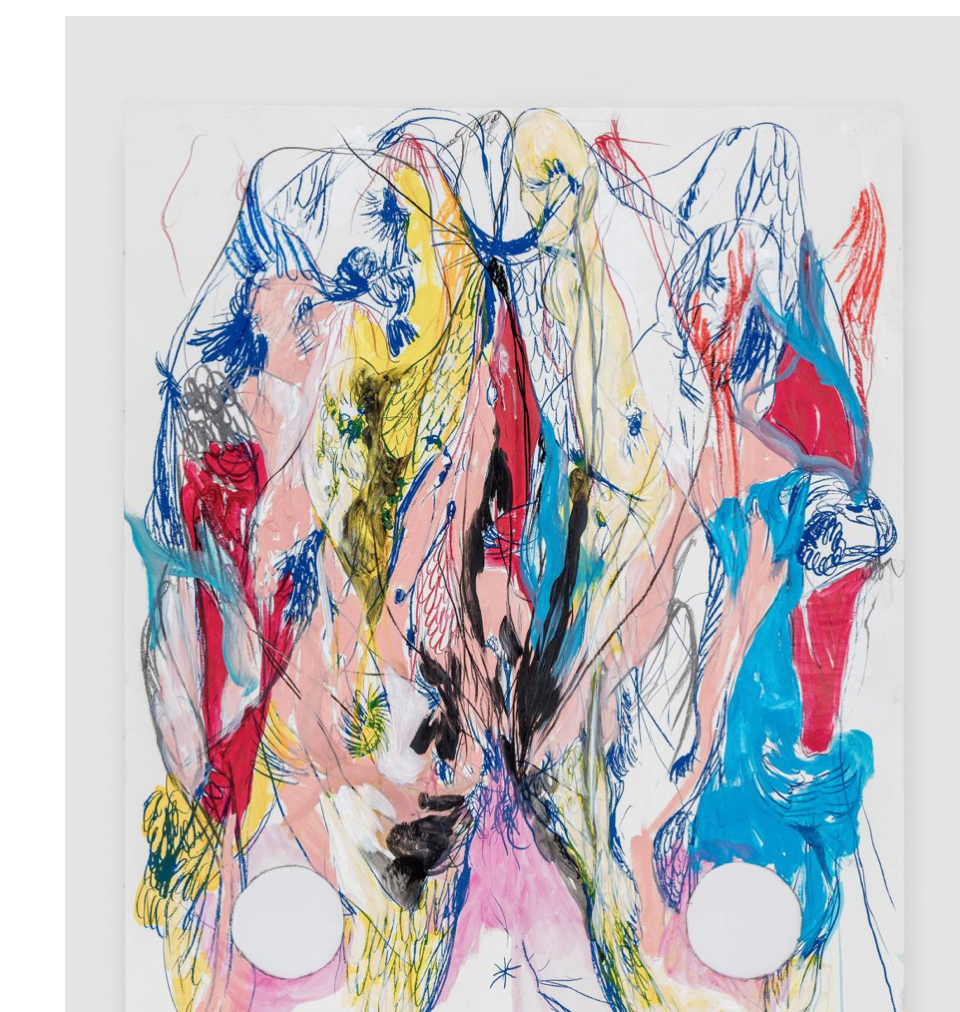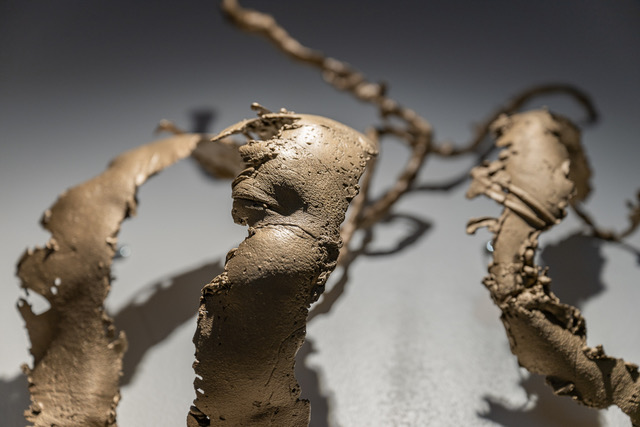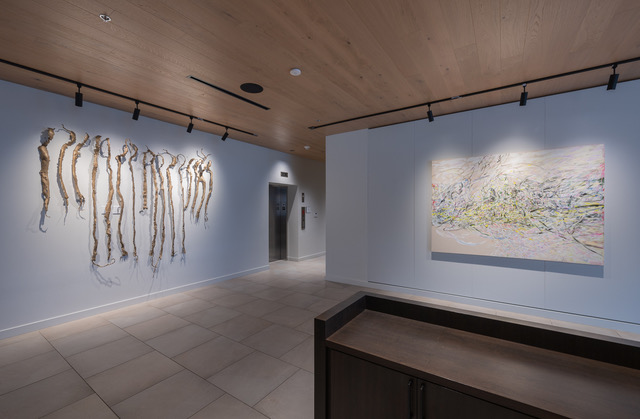
Over the past two decades, Naotaka Hiro has been on a mind-bending mission to answer this question: “Can we ever really know the parts of our bodies we can’t see without mirrors or cameras?”
His art—which spans drawing, painting, sculpture, and video—takes this challenge head-on, pushing his body to its limits to explore these hidden, mysterious spaces.

Hiro’s sculptures are like personal maps of his anatomy, while his drawings crank the concept up a notch. To make them, Hiro leans, presses, or even lies directly on paper, leaving behind raw, physical imprints of himself. It’s bold, visceral, and undeniably cool.
But here’s where things get next-level: Hiro literally steps “inside” his work. For some pieces, he climbs into holes at the bottom of a canvas, pulls the fabric around himself using ropes, and moves within it like a cocoon.
Using bright dyes and oil pastels, he traces his movements, turning the canvas into what he calls a 360-degree body scanner. The result? Wildly colorful, dynamic paintings that capture his physical and emotional journey into the unknown.
Now, let’s talk about Sixteen Terminals—a jaw-dropper of a sculpture that is the work included in the show. It starts as a performance, with Hiro sculpting his own body in plaster. Sounds easy? Think again.
The process is so intense that cast fingers and toes sometimes deform or even fall off. The final sculpture is a fascinating, abstract reflection of Hiro’s physical form and internal self-image—a one-of-a-kind bridge between what’s visible and what’s imagined.
This piece, alongside other artworks in the exhibition, Breathing.Room showcases Hiro’s fearless exploration of the unknown and the spaces in between.

Breathing.Room can be seen in The Lobby in the ground floor of the Ellen Browning Building (2871 SE Division Street Portland, OR 97202).
Sima is the curator of The Lobby – https://ellenbrowningbuilding.com/the-lobby/
